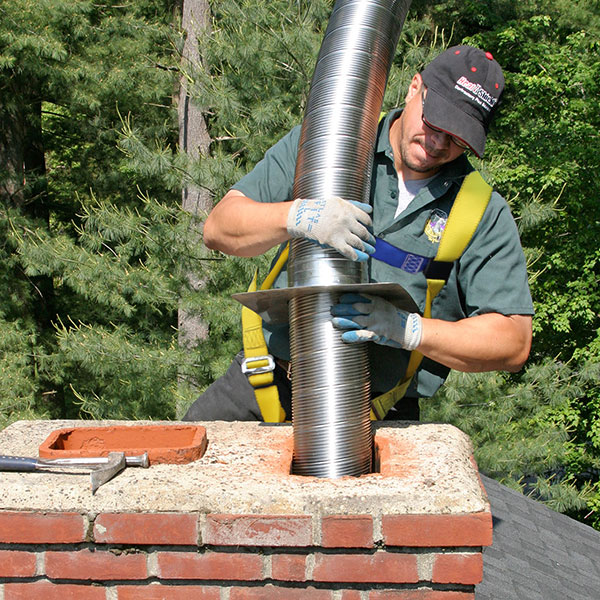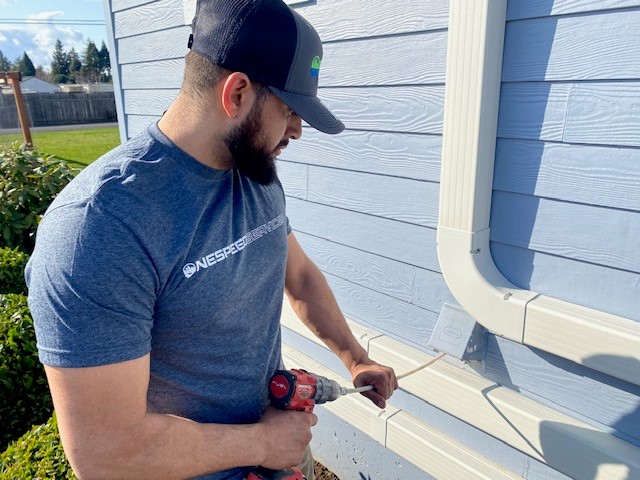When it comes to working at heights, safety is non-negotiable. Fall protection lanyards are an essential part of any rescue equipment product line. They are designed to secure workers, prevent falls, and reduce the impact if a fall occurs. But not all lanyards are the same. Each type comes with its unique features and is suited for specific tasks and environments.
In this blog, we’ll explore the different types of fall protection lanyards and the safety features that make them vital for any job involving heights.
1. Restraint Lanyards
Purpose: To keep the user from reaching a fall hazard.
Restraint lanyards are designed not to arrest a fall but to prevent one entirely. These are typically used when a worker is in a position where a fall is possible but avoidable. The lanyard limits how far the worker can move, making it ideal for controlled environments like rooftops or equipment platforms.
Safety Features:
-
Made of durable webbing or rope
-
Lightweight and easy to use
-
Does not stretch, ensuring movement is restricted
2. Shock Absorber Lanyards
Purpose: To reduce impact forces during a fall.
Shock absorber lanyards include an energy absorber that extends during a fall to reduce the impact force transferred to the worker’s body. These are commonly used in construction, roofing, or tower climbing jobs.
Safety Features:
-
Built-in energy absorber to reduce fall arrest force
-
Usually extends up to 6 feet
-
Ideal for high-risk zones where fall is likely
3. Adjustable Lanyards
Purpose: To offer flexibility in positioning and movement.
Adjustable lanyards allow workers to set the length based on the task. They are suitable for both fall restraint and work positioning and are often used by arborists or those working in confined spaces.
Safety Features:
-
Easy-to-use length adjuster
-
Provides better control of body positioning
-
Reduces slack, decreasing fall risk
4. Rope Lanyards
Purpose: To offer strength and flexibility.
Rope lanyards are typically made from polyester or nylon rope. They are strong yet flexible, suitable for general use in various work environments like construction, maintenance, and utilities.
Safety Features:
-
High tensile strength
-
Compatible with rope grabs or fall arresters
-
Can be used with shock absorbers for added protection
5. Twin Leg Lanyards
Purpose: To ensure continuous attachment while transitioning between anchor points.
Also known as “Y” lanyards, twin leg lanyards allow the user to remain connected at all times. One leg can be attached to a new anchor while the other is still secured, making it ideal for climbing or moving between workstations.
Safety Features:
-
Enables 100% tie-off
-
Often includes shock absorbers
-
Minimizes free fall risk during transitions
6. Single Leg Lanyards
Purpose: For stationary work environments with one anchor point.
Single leg lanyards are the most basic and widely used fall protection lanyards. They’re best for jobs that don’t require frequent movement from one point to another.
Safety Features:
-
Simple design
-
Lightweight and durable
-
Often includes shock-absorbing features
7. Work Positioning Lanyards
Purpose: To allow hands-free working while staying secure in place.
These lanyards help workers maintain a safe working position and are commonly used with harnesses. While not designed for fall arrest, they are vital for tasks like window cleaning, telecom tower work, and electrical maintenance.
Safety Features:
-
Adjustable for precise positioning
-
Typically used in combination with other fall protection gear
-
Offers better control and balance
8. Webbing Lanyards
Purpose: Lightweight and economical option for various environments.
Webbing lanyards are made of flat polyester or nylon webbing. They’re used in both fall restraint and fall arrest systems. Their flat structure makes them more resistant to abrasion and cutting.
Safety Features:
-
Durable and abrasion-resistant
-
Compatible with many fall arrest systems
-
Lightweight for ease of use
Why Choosing the Right Lanyard Matters
Choosing the right type of fall protection lanyard depends on the specific job environment, the nature of the work, and the risks involved. Using the wrong type can compromise safety, even if you’re using the best rescue equipment products.
For example, using a restraint lanyard where a fall could occur is dangerous, as it doesn’t have any energy absorption. Similarly, using a single leg lanyard in an area where frequent movement is required could limit mobility and increase fall risks.
Final Safety Tips
-
Always inspect lanyards for damage or wear before use.
-
Ensure compatibility with harnesses and anchor points.
-
Replace any lanyard that has arrested a fall.
-
Follow manufacturer guidelines for maintenance and storage.
Wrap-Up:
Fall protection lanyards are not one-size-fits-all. Whether you’re securing a worker in place, preventing movement toward a hazard, or absorbing the shock of a fall, the right type of lanyard plays a critical role. Understanding their specific uses and safety features not only ensures compliance with safety standards but also protects lives in the workplace.




